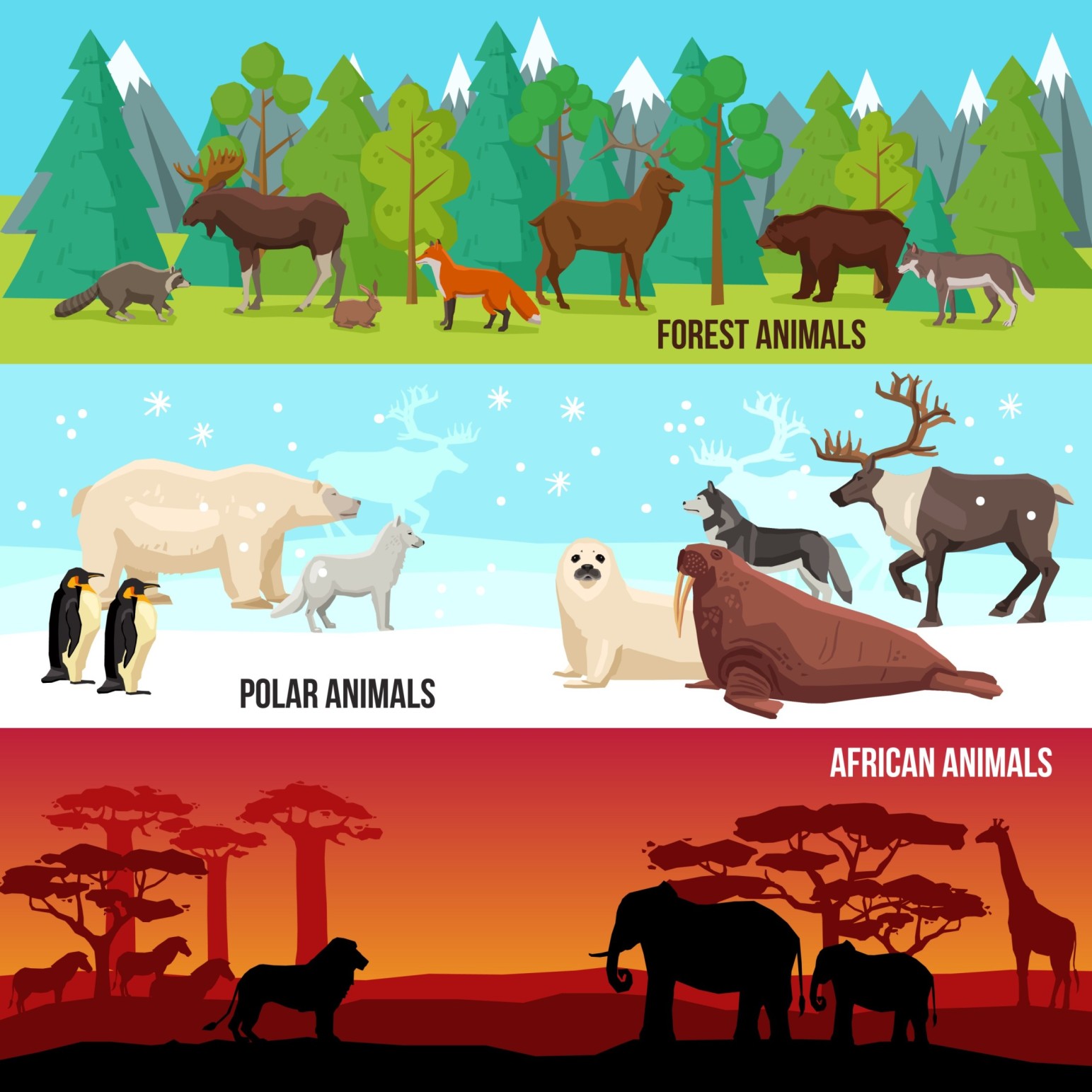In the intricate web of animal physiology, chemical coordination emerges as a master conductor orchestrating the symphony of life. This dynamic process revolves around the endocrine system, a sophisticated network of glands secreting hormones that act as messengers, transmitting vital information to target cells and organs. Picture this: hormones, like messengers, embarking on a journey through the bloodstream, reaching their designated receptors on cells.
This interaction triggers a cascade of responses, finely tuning physiological processes. From insulin and glucagon regulating blood sugar to adrenaline preparing the body for action, each hormone plays a crucial role in maintaining equilibrium. The dance of chemical coordination involves not just the glands and hormones but an intricate mechanism of signal transmission, ensuring precise communication. The endocrine system, working in tandem with the nervous system, navigates the delicate balance between swift responses and sustained regulation.
Beyond the physiological intricacies, chemical coordination unveils its evolutionary significance, showcasing adaptations in different animal species. Stress, seasonal changes, and environmental cues further highlight the adaptability of this system. In this captivating narrative of hormones and receptors, the interplay with the nervous system, and the dance of adaptation, the story of how chemical coordination takes place in animals unfolds, revealing the marvels of nature’s design and the key to understanding the essence of life.
Table of Contents
Chemical coordination take place in animals
Chemical coordination, a marvel of biological orchestration, intricately governs the physiological harmony within the animal kingdom. At its core, this sophisticated system revolves around the endocrine system, an ensemble of glands working seamlessly to produce and release hormones into the bloodstream. These chemical messengers play roles of paramount importance, influencing processes ranging from metabolism and growth to reproduction and stress response.
The mechanism of chemical coordination is a symphony of signal transmission and receptor interactions. Hormones embark on journeys through the circulatory system, reaching specific target cells equipped with receptors that unlock the cellular responses essential for maintaining internal balance. Key players in this hormonal ensemble include insulin, regulating blood sugar; thyroid hormones, dictating metabolism; adrenaline, orchestrating the ‘fight or flight’ response; and sex hormones, steering reproductive functions.
The regulation of hormone levels is a finely tuned dance, orchestrated by feedback mechanisms and the concept of homeostasis. The body employs positive and negative feedback loops to ensure hormones remain within optimal ranges, safeguarding the delicate equilibrium required for proper functioning. Disorders stemming from imbalances in chemical coordination, such as diabetes, thyroid dysregulation, and adrenal dysfunction, highlight the critical nature of maintaining hormonal homeostasis. Evolution has sculpted unique adaptations in the endocrine systems of different animal species, allowing them to thrive in diverse environments and niches.
The interplay between the endocrine system and the nervous system adds another layer of complexity to chemical coordination. These two systems collaborate seamlessly, with hormones and neural signals working in synergy to ensure rapid and precise responses to internal and external stimuli. External influences, including stress and seasonal changes, can impact chemical coordination, emphasizing the adaptability of this system over varying circumstances.
Comparing animal and plant hormonal systems unveils both similarities and differences, providing insights into the broader spectrum of chemical coordination in the biological world. Modern research techniques, from molecular studies to advanced imaging technologies, continuously unravel the mysteries of chemical coordination. Beyond its physiological implications, chemical coordination significantly shapes animal behavior, from reproductive patterns to intricate social interactions.
As we stand at the frontier of scientific understanding, the future promises further revelations in unexplored aspects of chemical coordination. The intricacies of this biological symphony, governing life’s diverse tapestry, underscore the brilliance of nature’s design and the perpetual quest for knowledge in unraveling the secrets of how chemical coordination takes place in animals.
Animal Chemical Coordination

Animal chemical coordination, a marvel of biological intricacy, orchestrates a symphony of hormonal interactions within the vast canvas of the animal kingdom. At its core lies the endocrine system, an intricate network of glands secreting hormones, each with a specific role in regulating bodily functions. The delicate dance of these chemical messengers begins with signal transmission, where hormones are released into the bloodstream to reach target cells adorned with specific receptors.
This mechanism ensures precision in communication, allowing for nuanced responses to internal and external stimuli. Major hormones, such as insulin, glucagon, thyroid hormones, and adrenaline, govern essential processes like metabolism, growth, and stress responses. The regulation of hormone levels is a testament to the body’s innate wisdom, employing feedback mechanisms and maintaining homeostasis to sustain optimal physiological conditions. Disorders stemming from imbalances in chemical coordination, like diabetes and thyroid dysfunction, underscore the critical importance of this system.
Evolution has sculpted unique adaptations in different animal species, aligning their endocrine systems with diverse environments and lifestyles. The interplay between the endocrine and nervous systems adds another layer of complexity, ensuring swift and coordinated responses. External influences, from stress to seasonal changes, further highlight the adaptability of chemical coordination. As we delve into comparative analyses with plant hormones, we uncover both similarities and distinctions, enriching our understanding of coordination mechanisms in the biological realm.
Modern research techniques propel our exploration, unveiling mysteries, and paving the way for potential breakthroughs in medicine and behavioral studies. Ultimately, chemical coordination in animals is a narrative of precision, adaptability, and the perpetual quest for balance in the complex tapestry of life.
Unique FAQs
- How does the endocrine system interact with the nervous system in chemical coordination?The endocrine system and the nervous system collaborate closely, with chemical signals and neural impulses working in tandem to ensure swift and accurate responses.
- Are there any known animal species with unique adaptations in their hormonal systems?Yes, various species exhibit unique adaptations in their endocrine systems, aligning with their environments and evolutionary niches.
- What role do hormones play in animal behavior beyond reproduction?Hormones influence a wide range of behaviors, from social interactions to responses to environmental stimuli, showcasing their multifaceted roles.
- How do external factors like stress impact the delicate balance of chemical coordination?Stress triggers the release of stress hormones, preparing the body for challenges. However, chronic stress can disrupt the equilibrium of hormone levels.
- What are the latest advancements in studying chemical coordination, and how do they contribute to scientific understanding?Modern research techniques, including genomics and imaging, have significantly advanced our understanding of chemical coordination, paving the way for potential medical breakthroughs.
Thank you, if you liked this information of mine then do give feedback. Your feedback will motivate me further so that I can give you more information.




